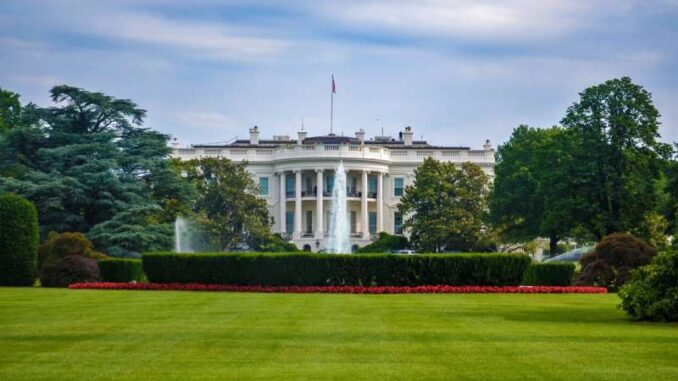
U.S. coal-fired power plants could be forced to shut down two years sooner than envisioned under a Biden administration plan to stifle pollution from the electricity sector.
The potential change being seriously considered now by administration officials would accelerate the required retirement date for coal plants that opt against installing carbon-removal technology at the sites, according to people familiar with the matter who asked not to be named because the regulation is not yet final. That would be a tougher approach than what the Environmental Protection Agency outlined in an initial proposal last year that would generally give companies until 2040 to shutter the sites.
The matter is not settled and is still being debated internally, as administration officials consider ways to strengthen one of the most consequential climate regulations to come under President Joe Biden.
Spokespeople for the EPA declined to comment on the substance of potential changes, noting the drafted final regulation is still undergoing interagency review at the White House.
“These final carbon pollution standards will protect public health, reduce harmful pollutants, and deliver billions of dollars in climate and public health benefits,” the agency said in an emailed statement. “EPA is working to issue this final rule later this spring.”
The power plant rule—a marquee part of Biden’s climate agenda—will have broad implications for coal-fired power plants operating today as well as the new gas-burning facilities that could replace them. The measure, on track to be finalized next month, is designed to force greenhouse gas reductions across all of the facilities and is critical to fulfilling the U.S. Paris Agreement pledge to slash those emissions at least 50% by the end of the decade.
Under the proposed rule, existing coal-fired power plants would need to squelch almost all of their greenhouse gas emissions by 2040 or close. Utilities already have announced plans to close roughly half of currently operating coal capacity, according to an EPA analysis.
By compelling an earlier retirement for coal power plants without stringent carbon controls, the regulation would keep even more planet-warming pollution out of the atmosphere. That could result in 200 million tons fewer carbon dioxide emissions in 2038, according to an analysis by the Natural Resources Defense Council and Clean Air Task Force.
The changes under discussion underscore the legal, political and environmental challenges facing federal regulators developing the mandates that will have sweeping impacts on the nation’s electric grid and are widely expected to be challenged in federal court.
The effect of the potential shift would be felt unevenly across electric power providers but would likely pose a heftier burden on those with more coal-fired power plants in their portfolios. It has potential implications for rural electric cooperatives, as well as Duke Energy Corp., Southern Co. and Talen Energy Corp., among others.
Coal producers such as Peabody Energy Corp. also could be affected by decreased demand tied to plant closures. Peabody shares fell 3.8% Friday to close at $23.77.
Peabody officials didn’t immediately respond to phone and email inquiries Friday.
Administration officials have already decided to shift the technology standard underpinning the rule’s pollution-reduction targets, people familiar with the matter said. While the measure proposed last year would have defined the “best system of emission reduction” as carbon capture and the use of cleaner-burning hydrogen as a replacement fuel, the draft now under White House review would stick with carbon capture only.
Plant operators would still have discretion in how they hit final emission reduction targets, including with hydrogen or other technologies. The change generally affects how those final emission requirements are calculated.
Only a handful of U.S. coal-fired power plants are expected to install the carbon-capture technology that would be required to keep operating into the 2040s. However, administration officials are also weighing giving operators two more years to adopt carbon-control systems—potentially shifting the deadline to 2032, instead of the proposed date of 2030.
The EPA already opted to narrow the scope of the coming rule so that new emission curbs on the nation’s existing fleet of gas plants are handled separately. The decision is likely to delay existing gas plant requirements until next year at the earliest—but comes with the potential for more stringent and more legally durable mandates.



